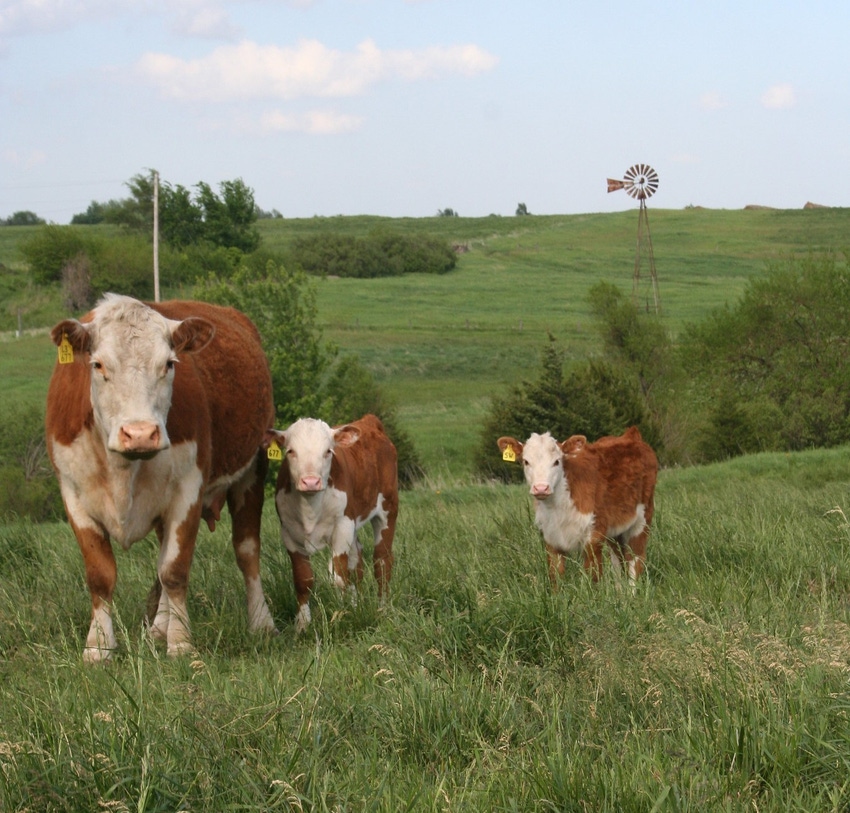Proactive Protection: Bagley Risk Management Techniques
Proactive Protection: Bagley Risk Management Techniques
Blog Article
Understanding Animals Danger Protection (LRP) Insurance Coverage: A Comprehensive Guide
Browsing the realm of animals danger defense (LRP) insurance policy can be a complex endeavor for lots of in the agricultural market. From how LRP insurance policy operates to the different insurance coverage choices available, there is much to uncover in this thorough guide that can potentially form the method animals manufacturers approach danger monitoring in their companies.

How LRP Insurance Policy Functions
Occasionally, comprehending the auto mechanics of Animals Danger Defense (LRP) insurance policy can be complex, yet damaging down just how it functions can supply quality for ranchers and farmers. LRP insurance policy is a danger administration device created to shield animals manufacturers versus unanticipated rate decreases. It's vital to keep in mind that LRP insurance policy is not a revenue warranty; instead, it focuses solely on price risk protection.
Qualification and Coverage Options

When it comes to coverage alternatives, LRP insurance coverage provides manufacturers the flexibility to choose the coverage degree, coverage duration, and endorsements that ideal fit their danger management needs. By understanding the eligibility criteria and insurance coverage options readily available, animals manufacturers can make enlightened choices to handle risk properly.
Benefits And Drawbacks of LRP Insurance Policy
When examining Livestock Risk Defense (LRP) insurance policy, it is crucial for animals manufacturers to weigh the benefits and downsides intrinsic in this threat monitoring tool.

One of the main advantages of LRP insurance coverage is its capacity to provide defense against a decrease in animals costs. In addition, LRP insurance offers a level of versatility, permitting manufacturers to tailor protection levels and policy periods to fit their details requirements.
One limitation of LRP insurance is that it does not shield versus all kinds of dangers, such as illness outbreaks or all-natural disasters. It is essential for manufacturers to very carefully evaluate their specific danger exposure and monetary situation to figure out if LRP insurance coverage is the ideal danger management tool for their operation.
Recognizing LRP Insurance Coverage Premiums

Tips for Maximizing LRP Benefits
Making best use of the advantages of Animals Danger Protection (LRP) insurance calls for strategic preparation and proactive danger administration - Bagley Risk Management. To make the many of your LRP coverage, take into consideration the adhering to tips:
Frequently Assess Market Conditions: Stay notified about market patterns and cost fluctuations in the animals market. By keeping track of these factors, you can make informed decisions about when to purchase LRP coverage to safeguard against prospective losses.
Set Realistic Coverage you can check here Levels: When selecting insurance coverage degrees, consider your manufacturing costs, market worth of livestock, and potential risks - Bagley Risk Management. Setting practical coverage degrees makes sure that you are sufficiently safeguarded without paying too much for unnecessary insurance policy
Diversify Your Protection: As opposed to depending only on LRP insurance policy, think about expanding your risk monitoring methods. Combining LRP with various other threat management tools such as futures contracts or alternatives can give comprehensive insurance coverage versus market uncertainties.
Evaluation and Change Coverage Frequently: As market problems alter, periodically evaluate your LRP protection to guarantee it aligns with your present danger direct exposure. Adjusting insurance coverage levels and timing of acquisitions can assist enhance your danger defense strategy. By complying with these suggestions, you can make the most of the benefits of LRP insurance coverage and guard your livestock operation against unanticipated risks.
Verdict
In conclusion, livestock risk protection (LRP) insurance is an important tool for farmers to take care of the monetary risks linked my explanation with their animals operations. By comprehending how LRP functions, eligibility and insurance coverage choices, in addition to the advantages and disadvantages of this insurance policy, farmers can make informed choices to secure their source of incomes. By carefully thinking about LRP premiums and implementing approaches to make best use of advantages, farmers can alleviate prospective losses and make certain the sustainability of their procedures.
Animals producers interested in getting Animals Danger Protection (LRP) insurance can check out a variety of qualification requirements and protection alternatives tailored to their details animals procedures.When it comes to coverage options, LRP insurance provides manufacturers the adaptability to choose the coverage degree, insurance coverage duration, and endorsements that ideal suit their risk management requirements.To understand the complexities of Livestock Danger Security (LRP) insurance coverage fully, recognizing the variables influencing LRP insurance policy premiums is critical. LRP insurance policy costs are figured out by various aspects, consisting of the Continue coverage level selected, the expected price of livestock at the end of the coverage duration, the kind of animals being guaranteed, and the size of the coverage duration.Review and Readjust Insurance Coverage On a regular basis: As market problems alter, regularly review your LRP protection to guarantee it lines up with your present threat exposure.
Report this page